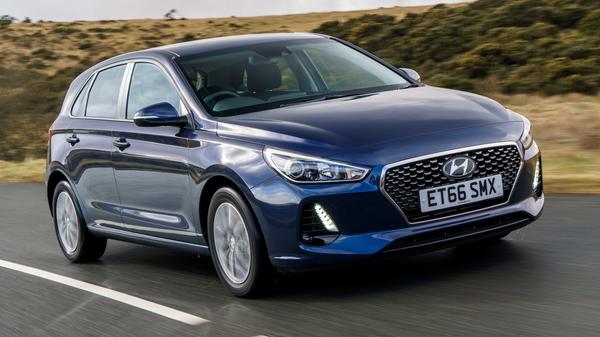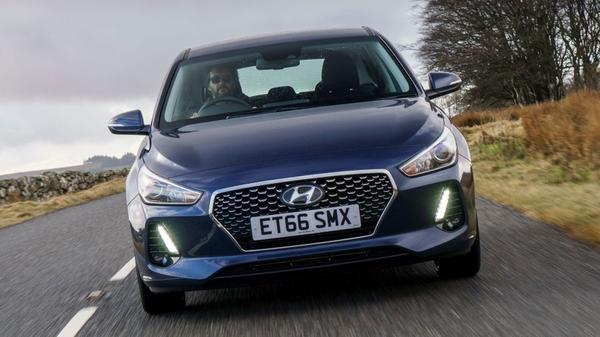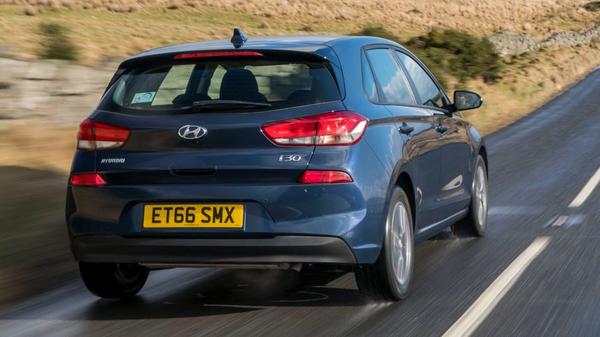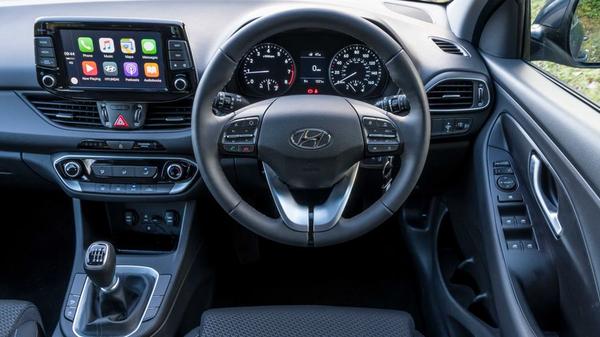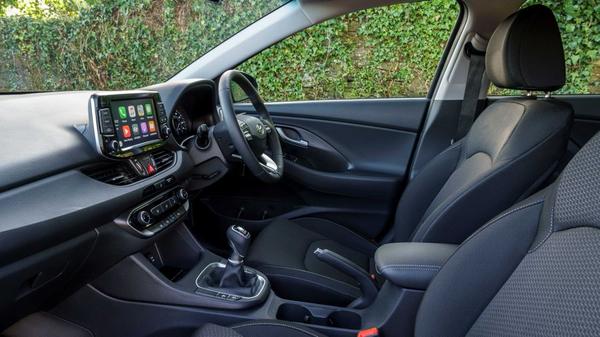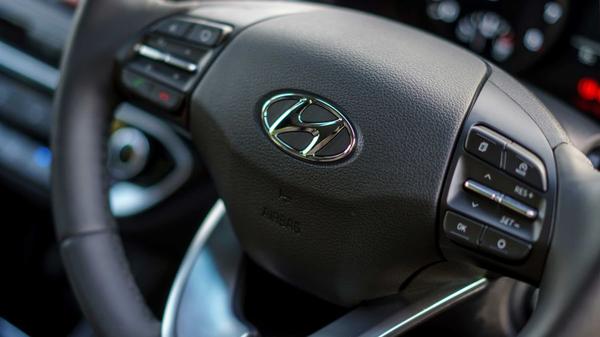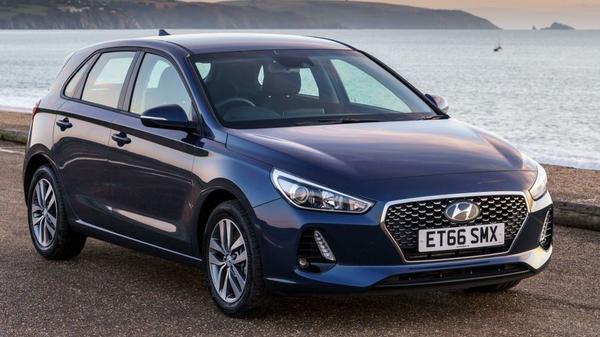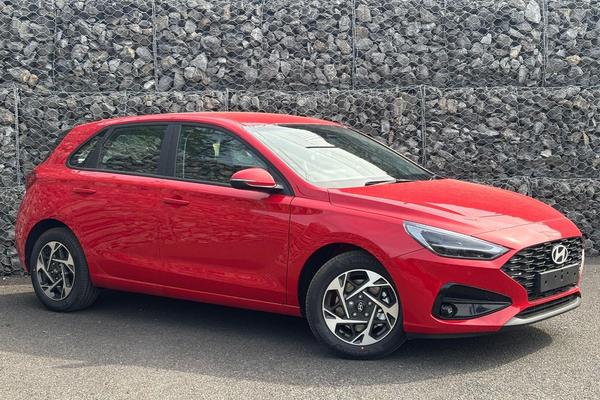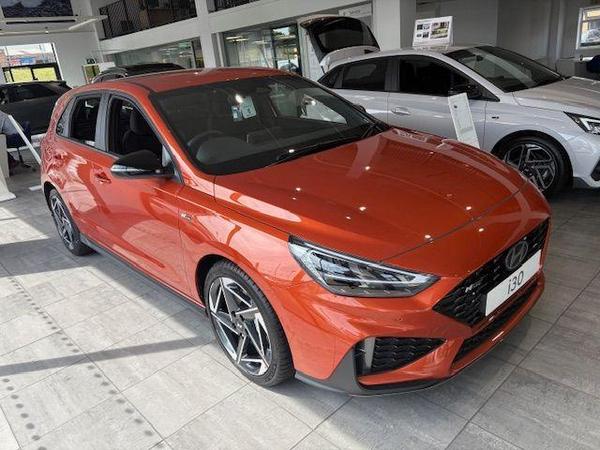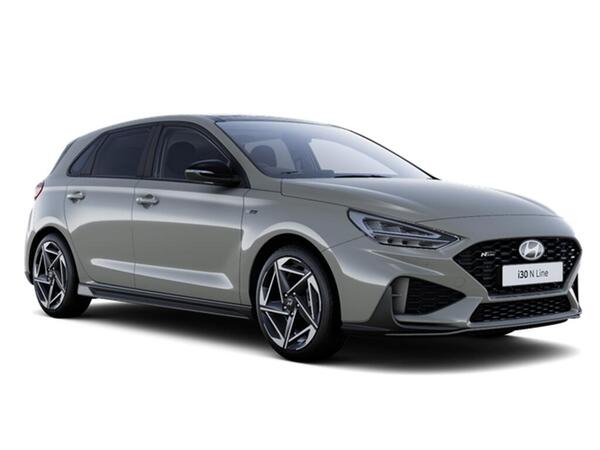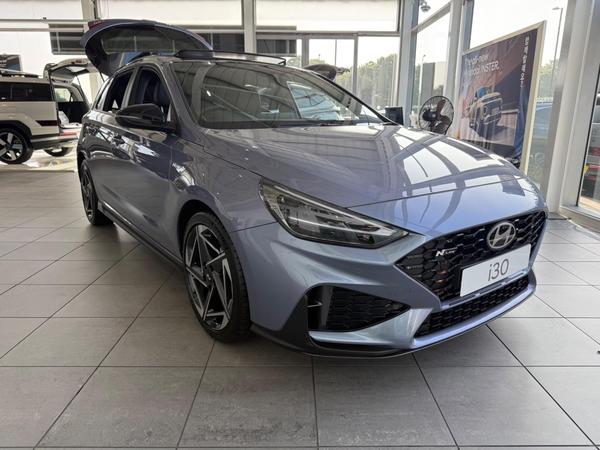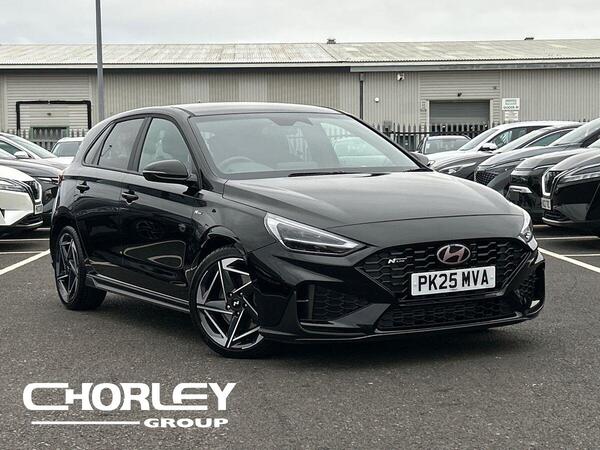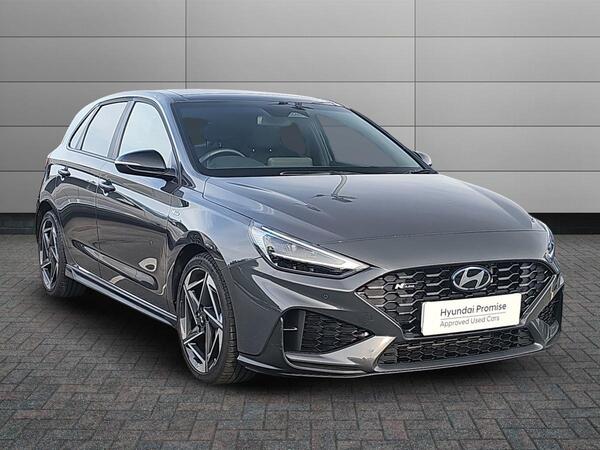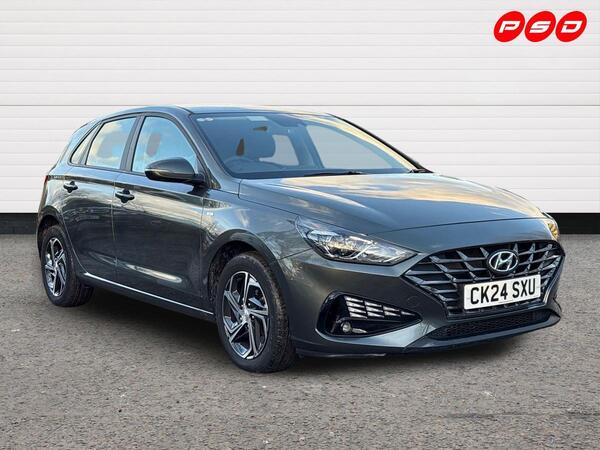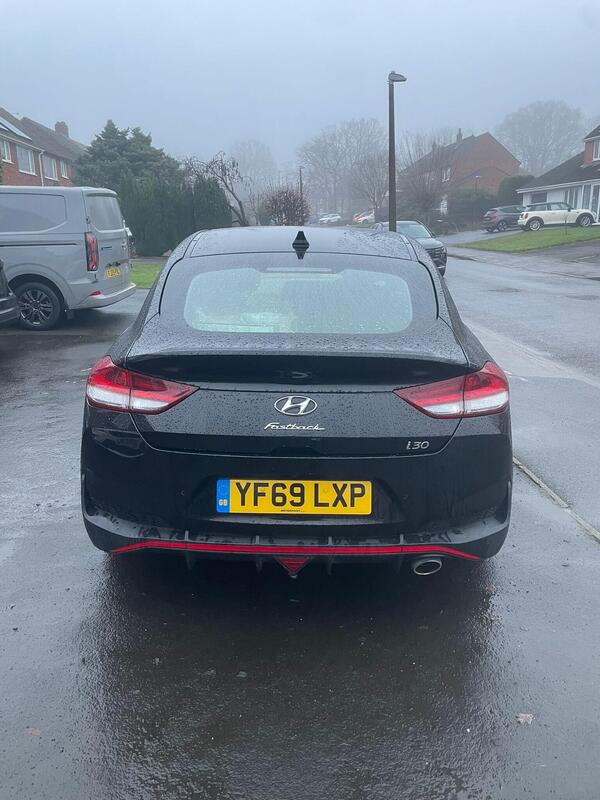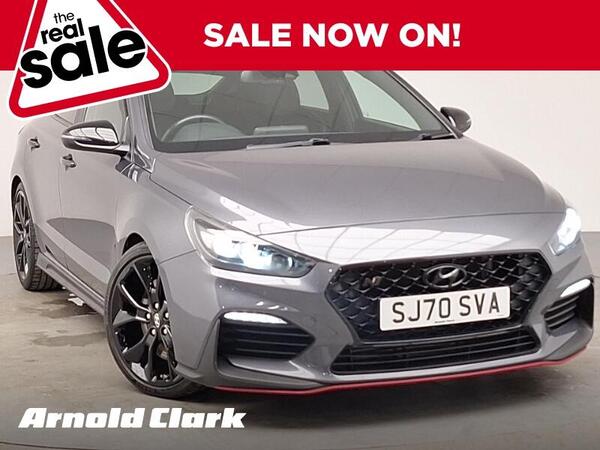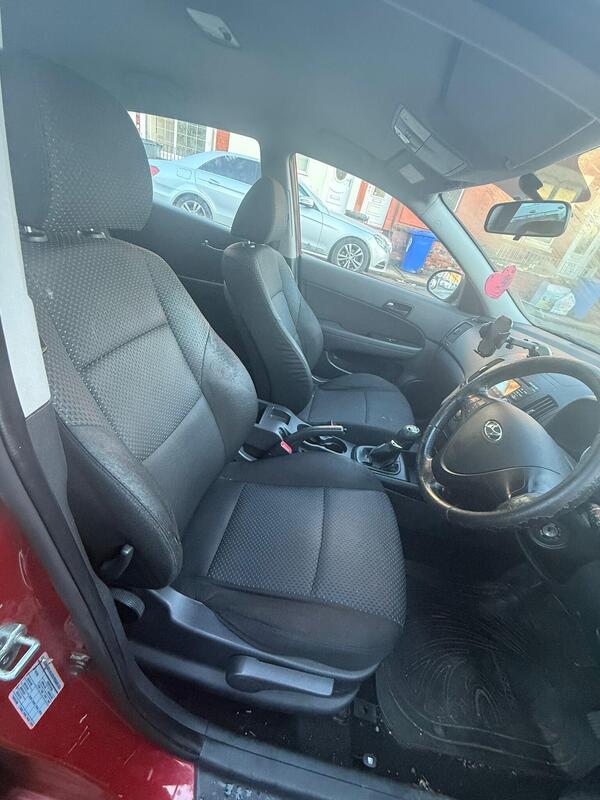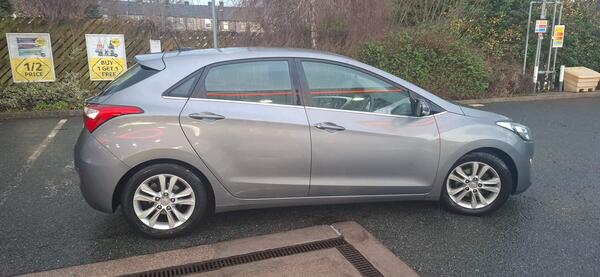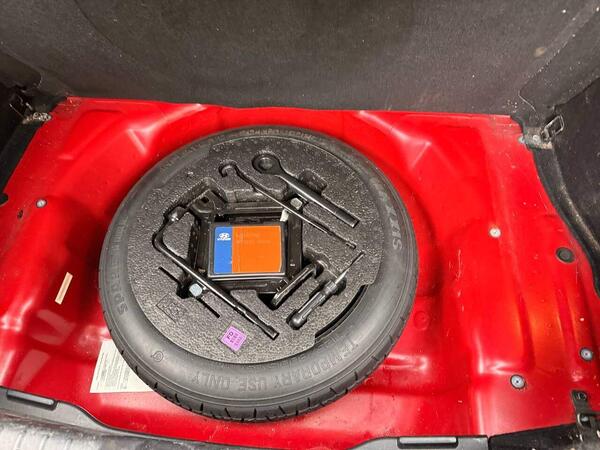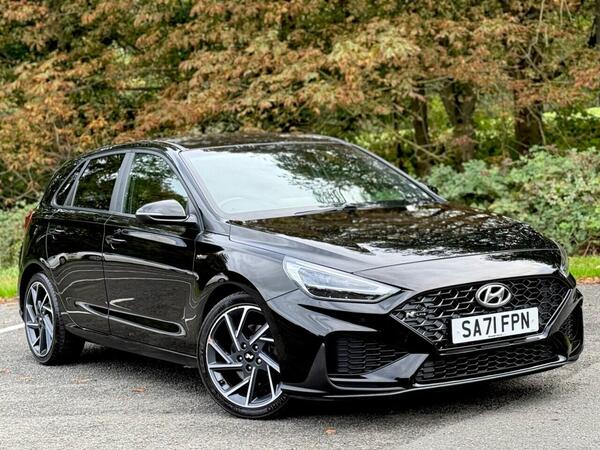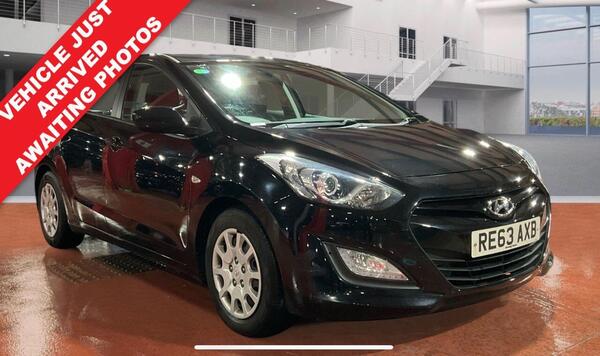The i30 is built for comfort, so you do get a bit of body lean around corners. The heavier the engine fitted to your i30, the slower its reactions, and this explains why the hefty diesel-engined car feels rather sluggish, while the lightweight three-cylinder car is the sweetest driving of the regular range. On the motorway the cushy suspension really comes into its own though, unfortunately, it’s not as quiet as it is comfortable and there is some road and wind noise at 70mph.
The i30 N Line has different suspension from the rest of the range, and some sporty bits taken from the
i30 N hot hatch, which results in a much more composed and enjoyable drive. If you’ve even the slightest interest in fun behind the wheel, this is the i30 to go for.
The seats are comfortable, with plenty of adjustment. Electrically adjustable lumbar support comes as standard on everything above the entry-level model. Visibility out of the front is good, making it easy to position the car, but there are quite thick pillars and a small screen at the back, so it’s bit harder to see when you’re looking over your shoulder.
There’s a decent amount of room inside the i30 and it comfortably matches the vast majority of its rivals for interior space. The transmission tunnel running down the centre of the car is low and flat, so foot space for those travelling in the middle rear seat is far less compromised than in many rivals. As is the norm in this class, the rear seats split fold 60/40 and when you fold the seats down they're nearly flat. With the seats back in place, the boot space is bigger than a VW Golf, but not quite as roomy as a
Skoda Octavia. While both the front door pockets, glovebox, and centre armrest bin are a decent size, there’s also a handy place in front of the gearshifter to store and charge your smartphone, if it supports inductive charging.
